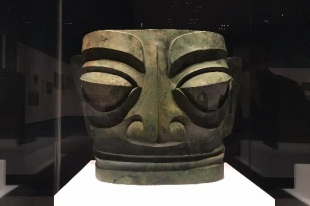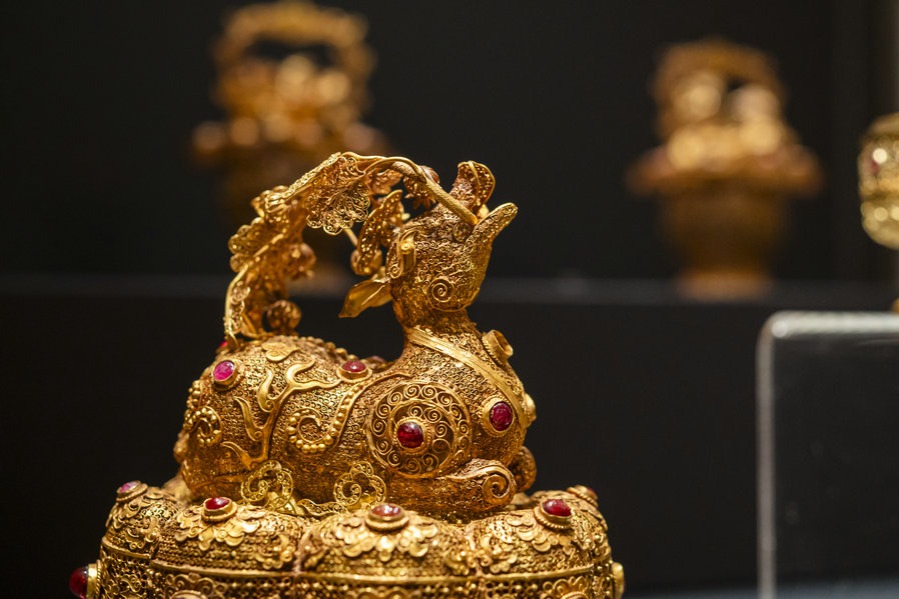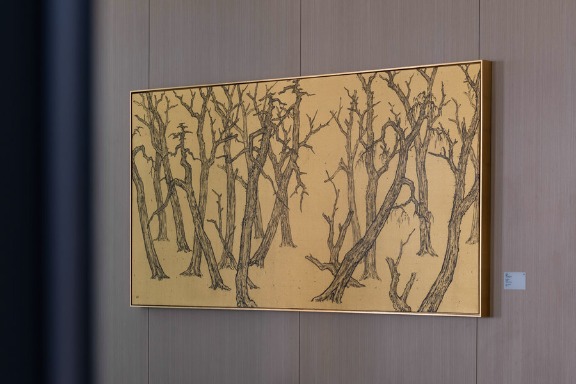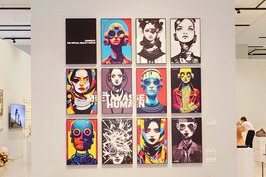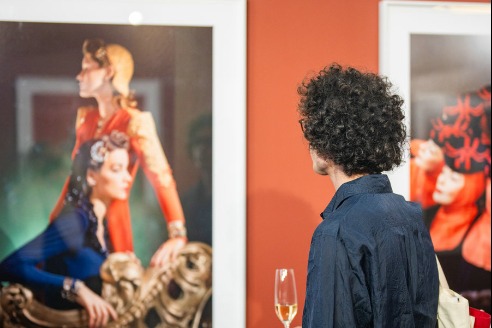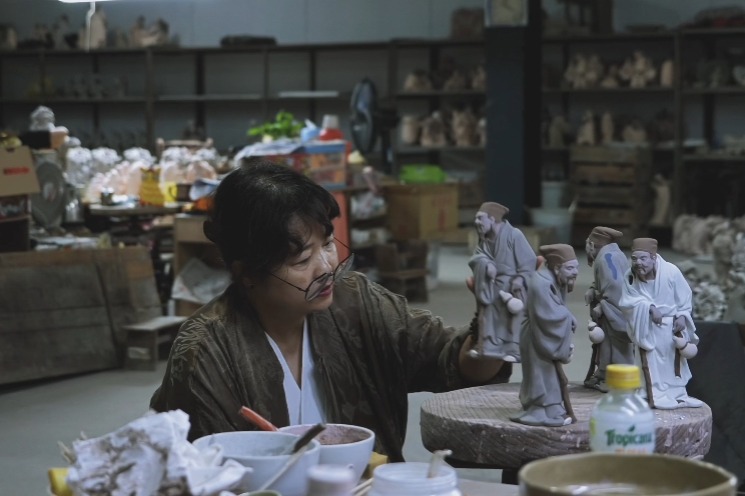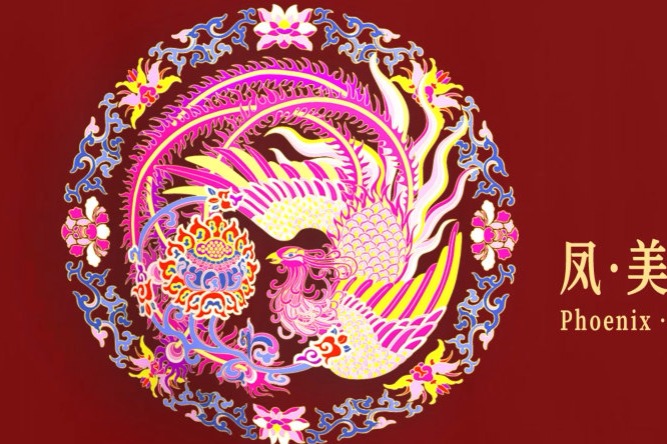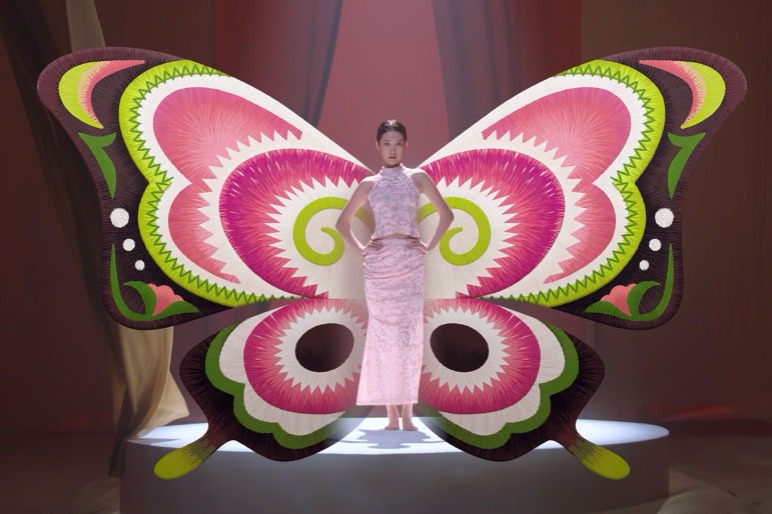Milestones in civilization

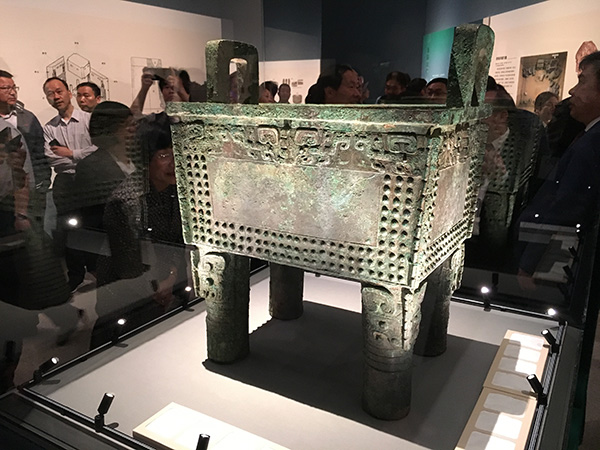
More than 36,000 bamboo and wood slips, which were used as the main medium for writing in China before the invention of paper, were unearthed from the small town in Hunan, offering an encyclopedic record of society during the time of the emperor's reign.
As an example of ancient Chinese craftsmanship, an ox-shaped lamp from the Han Dynasty (206 BC-AD 220) unearthed from Yangzhou, Jiangsu province, is another exhibit. A clever blend of form and functionality, it has small chimneys hidden in the horns of the ox.
"This shows that even ancient people cared about the air quality at home," Li says.
And a painting drawn on a silk burial garment, another Han Dynasty artifact, is one of the best-known items of the Hunan Museum's own collection. Offering an insight into how ancient people regarded the afterlife, a dead woman is depicted being escorted to heaven by three handmaidens.
A Song Dynasty (960-1279) seated ceramic statue of the Guanyin bodhisattva (Goddess of Mercy) reflects how Chinese elements evolved in Buddhism after it was introduced from India. Avalokitesvara, the prototype for Guanyin, represented as a male in India, changed into a female during the Song era.
Drinking tea is an important tradition for Chinese people. But back in the Tang Dynasty (618-907), people preferred to "eat" tea by milling down the leaves into powder. This practice is reflected in the exhibition by the inclusion of a silver roller created using state-of-the-art craftsmanship, and was later offered as a tribute to a Buddhist temple.
"This artifact was also used by the Tang royal family then," Li explains.
With the arrival of the Song Dynasty, tea preparation competitions became an increasingly popular urban pastime. In one Song painting from the Museum of Heilongjiang Province, six men are seen vying to make the best tea, yet the winner is hard to define from their facial expressions.
Two important works were not able to attend this banquet of cultural relics.
While the whereabouts of the original Lanting Xu (Preface to the Orchid Pavilion), a masterpiece of calligraphy by 4th century guru Wang Xizhi, remains unknown, the piece still enjoys the highest reputation among works of Chinese calligraphy lost to history.


